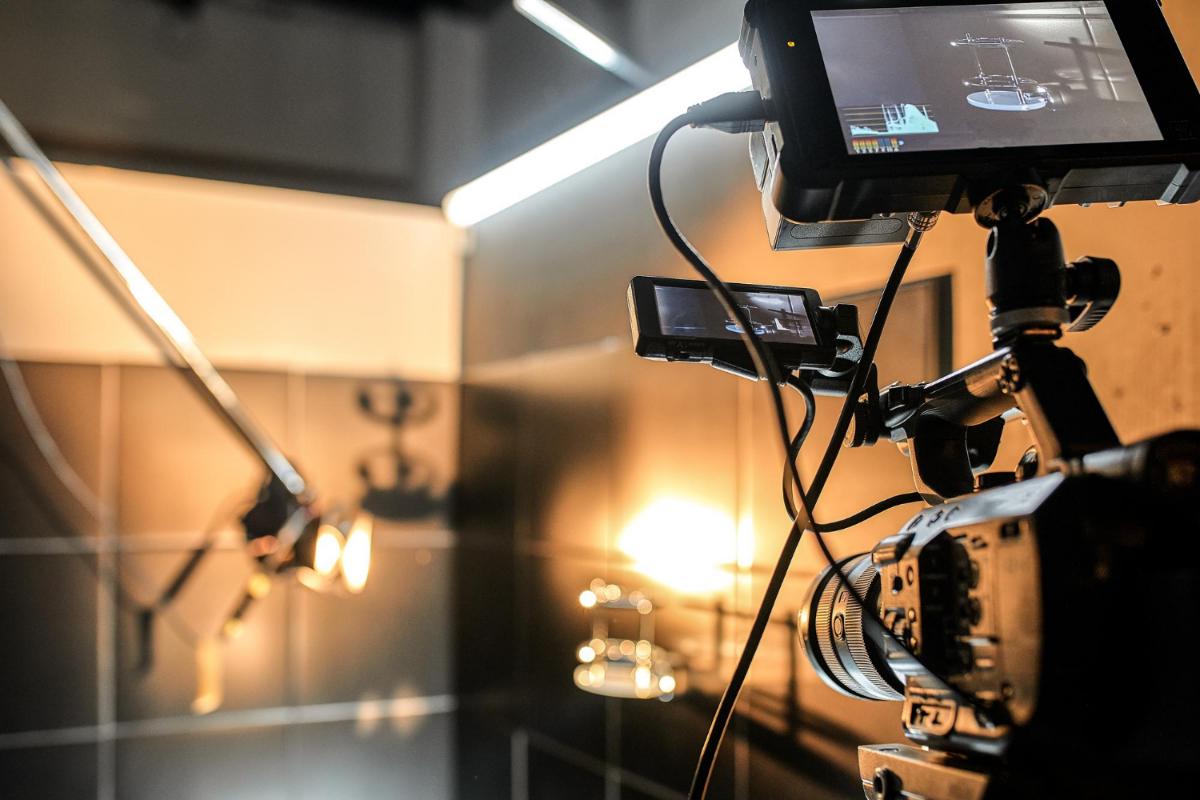Five Lighting Techniques They Use in Films

Having a strong narrative, well-cast actors, a capable production crew, and an outstanding set design are essential components to making a successful film. Still, it also needs to look visually appealing to the audience. This outcome generally requires technical expertise of grip electric technicians and other experts in cinematography, which entails using the best cinematic shots and film lighting techniques to convey the message perfectly in each scene. Here are some of the examples of lighting techniques used in the film industry.
Key Lighting
The key light is also referred to as the main light of a scene or subject. It is usually the brightest light in each location or picture. And when the lighting team is undertaking a complex multi-light setup, the main light is usually the first to be mounted. However, just because the key light is considered to be your "primary" light doesn't mean it has to be facing your subject all of the time. To build a darker mood, you can place your main light anywhere, including from the side or behind your subject. Just avoid keeping it near the camera or right next to it, as this will create flat and direct lighting for your subject.
Fill Lighting
As the title suggests, this technique is used to "fill in" and eliminate the dark, shadowy areas created by your key light. It is slightly less powerful and is positioned in the opposite direction of the main light, allowing you to add more dimension to your scene. Considering that fill lighting aims to remove shadows, it is better to position it a little further away and diffuse it with a reflector (positioned about 3/4 opposite to key light) to provide softer, more evenly distributed light. Many scenes work well with only the key and fill studio lighting because they add visual depth and dimension to any object.
Backlighting
Backlighting is used to build a three-dimensional scene, so it is the last component of a three-point lighting setup. It also faces your subject, but it's placed slightly higher from behind to separate the subject from the background. Like fill lighting, users can diffuse the backlight to make it less bright and cover a larger area of your subject. For example, for subject mid-shots, you might want to light up the shoulders and base of the person's neck rather than just the top of their head. Therefore, this technique can be used without the key and fill lights if you want to create a silhouette.
Soft Lighting
Soft lighting does not refer to a specific lighting path, but it is a technique. Cinematographers use soft lighting for visual and situational reasons: to minimize or remove harsh shadows, create suspense, replicate gentle lighting from outside, or all of the above.
Bounce Lighting
Bounce lighting is the process of reflecting light from a vital light source onto your subject or scene using a reflector or other light-colored surfaces, such as walls and ceilings. This results in a larger, more uniformly distributed field of light. When correctly used, they can create much softer key, fill, top, side, or backlighting, particularly if you don't have a soft box or diffuser.
These are just a few of the lighting techniques that they use in the movie industry. When you are looking for some of the best grip electric technicians in the business, contact Tiki Grip Electric to hear more today.